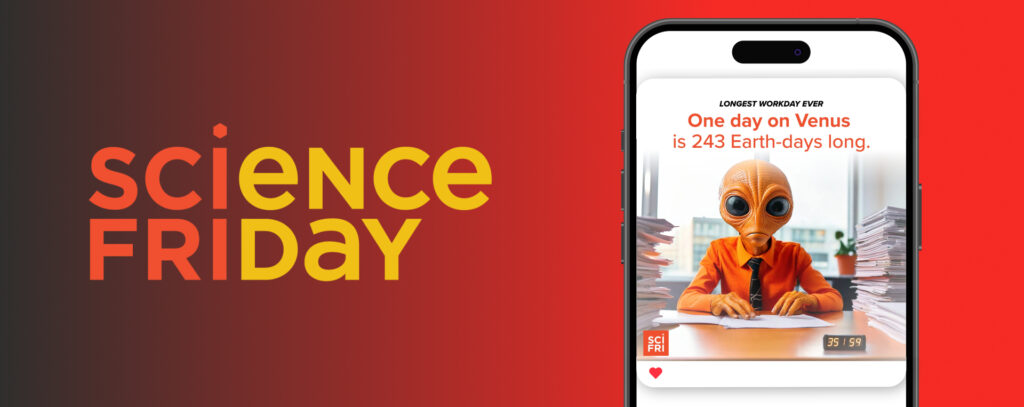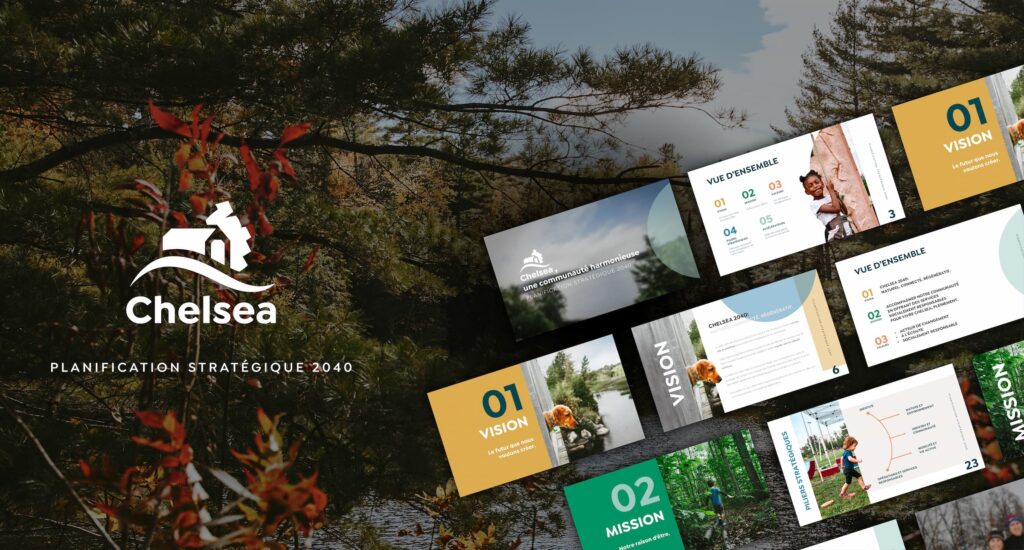The key to Cultivation, Retention and Stewardship
The amount of data that is generated by every one of us is extraordinary. In 2020, each of us is expected to generate 1.7 megabytes of data every second. Data is not just the new normal, it is the path to innovation and future growth. Despite its power and ubiquity, many NFPs are not using it – at least its full capability.
Data is driving a capability gap among NFPs that will soon become a chasm.
The difference between adopting and embracing data is immense.
Those that dive in will succeed.
Those that wait, or dip their toes will not.
How can data help you fulfill your mission?
- Smarter decisions.
- Data can tell you what is working AND what is not working. Not to be underestimated is the role of data in helping you understand what you can expect. “Maybe”s turn into benchmarks and forecasts.
- Return on Investment.
- Budgets can be limited. Each investment has to not only payback, but also payback better than other options. Data can help you test, compare and correct.
- Precision
- Gone of the days of targeting anyone and everyone with messaging and media. Data allows us to refine our target. We can be precise about who to reach and with what message. It also eliminates the “needle in a haystack” fear of targeting by making custom audiences and profiles more accessible than ever.
- Do more.
- Data allows us to be nimble – testing, scaling, pivoting in real time. It makes spaces and leads the way for innovation.
- Organizational alignment.
- When we all follow the same data, we all go together. Data can override politics and squeaky wheels.
- Donor experience (1:1)
- Create a tailored experience that is quickly becoming the new norm.
So, how does an organization dive in?
- The need for analytics. Data does not equal information. In fact, you can have reams of data without information but you can’t have information without data. Analytics is the bridge between them.
- Have a purpose. You need to identify the key questions that need answering.
- Data management. Invest time and resources into making your data clean, consistent and accessible. Also, as you become more reliant on your data (don’t worry, it’s a good thing), you need to ensure you have a plan in place to protect your data.
- Culture. Though not typically included in a data strategy, we think it is critical. Asking organizations to trust in data instead of the most senior person, or loudest person, takes time. Investing effort in shifting the culture to embrace data is critical to becoming an insight lead organization.
- Use your data to tell a story. The human brain is hardwired for stories. Very few of us are hardwired for statistics and graphs. Don’t fight it. Embrace it by turning your data into compelling stories that can be shared in the organization.
It’s easier than you think.
“I wish we didn’t use data” says nobody. Ever.
So, let’s do this. Contact us and we can talk about getting data to work harder for you.


